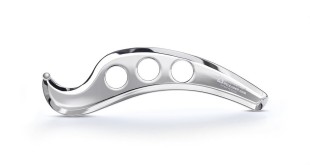Massage and Homeostasis
The human body is made up of a complex system of nerves whose function is to monitor and control its own internal and external environment. Information in the form of electrical impulses, travels along our neural pathways to our brain which, in turn stimulates the relevant part of the body to adjust to any changes.
A good example of this is when our body is in a cold external environment. Our nerves pick up on this external temperature as a potential threat and or brain will invoke a response to increase our body temperature by shivering to produce heat as well as reducing the supply of blood to the skin to reduce further loss of heat. This mechanism therefore controls our body's ability to keep our core body temperature at the desired constant for our health and well-being.
This complex body system of nerves is called the autonomic nervous system (ANS). In essence it is responsible for monitoring all our biological functions and for keeping our bodies at peak health.
This general process of ensuring regulation and stability within the body is called homeostasis. This is the process which seeks to ensure a stable state by regulating factors such as temperature, water balance, blood pressure and ion balance.
Within a massage context, relaxing the mind and body can induce the ANS to attain maximum health by improving bodily functions. Through the calming impact of massage, the correct techniques properly applied can stimulate the skin nerve endings and the ANS in general to great effect.
Massage can therefore play an important role in maintaining or returning the body to homeostasis. The overall upshot of a relaxed mind and body can lead to improved digestion, a reduction in blood pressure and a release of the body’s natural pain killing endorphins.














